Anyone with a strong interest in the world of beer brewing will no doubt have heard something about attenuation in beer, a fascinating process in the fermentation phase related to yeast and which, in turn, generates two events: real attenuation and apparent attenuation. In this post, we’ll talk about all this and much more.
In the next post we talk about all this and much more.
The beer brewing process has two stages, and different reactions are produced in each of them depending on the living being that carries them out.
Sounds strange, right? Well, it is. That unique and, at the same time, amazing event brought about first by a human being and then by the intervention of tiny and practically invisible living beings, occurs in the brewing of this fermented beverage.
“The brewer makes the wort and the yeast makes the beer”
Beer brewing consists of two separate processes. In the first part, it is the brewer who controls the process: he or she first comes up with and constructs the recipe by selecting the raw materials, then determines the mashing curve that best suits the style to be produced and thereafter tries to make the most of all the ingredients in the mixture.
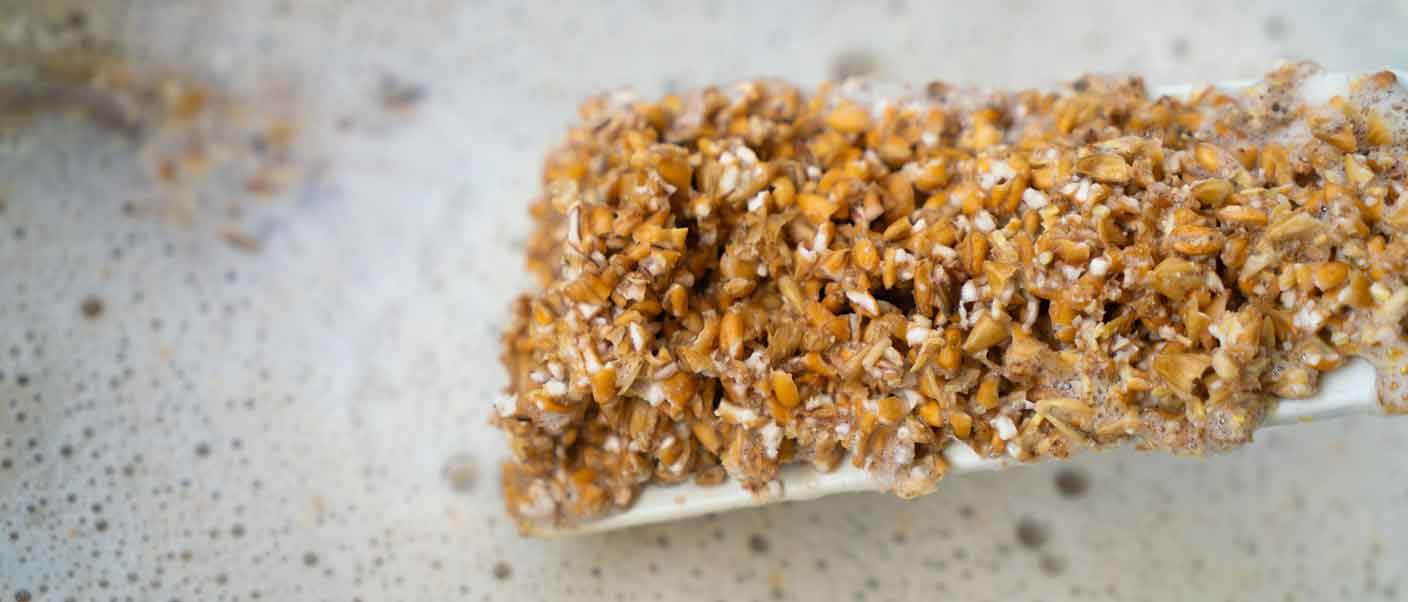
In the second part, the yeast, which is added to the wort, comes into play to finish the fermentation process.
At that moment, the yeast starts to eat the sugars in the wort, thereby generating alcohol (ethanol) along with the CO2 and esters that will round out the profile of the beer.
Here, there are a multitude of factors that influence fermentation, such as temperature, the type of yeast and nutrients in the wort, among others.
Right at this point, we need a measurement to identify the degree of effectiveness of the yeast during fermentation. Here is where attenuation comes into play.
What is attenuation in beer?
Attenuation in beer occurs during its brewing process, specifically during fermentation.
In this phase, the yeast consumes the sugars extracted from the malt during mashing.
Before they start to ferment, we need to know their concentration.
Attenuation is the transformation and measurement of the sugars consumed by the yeast during this process.
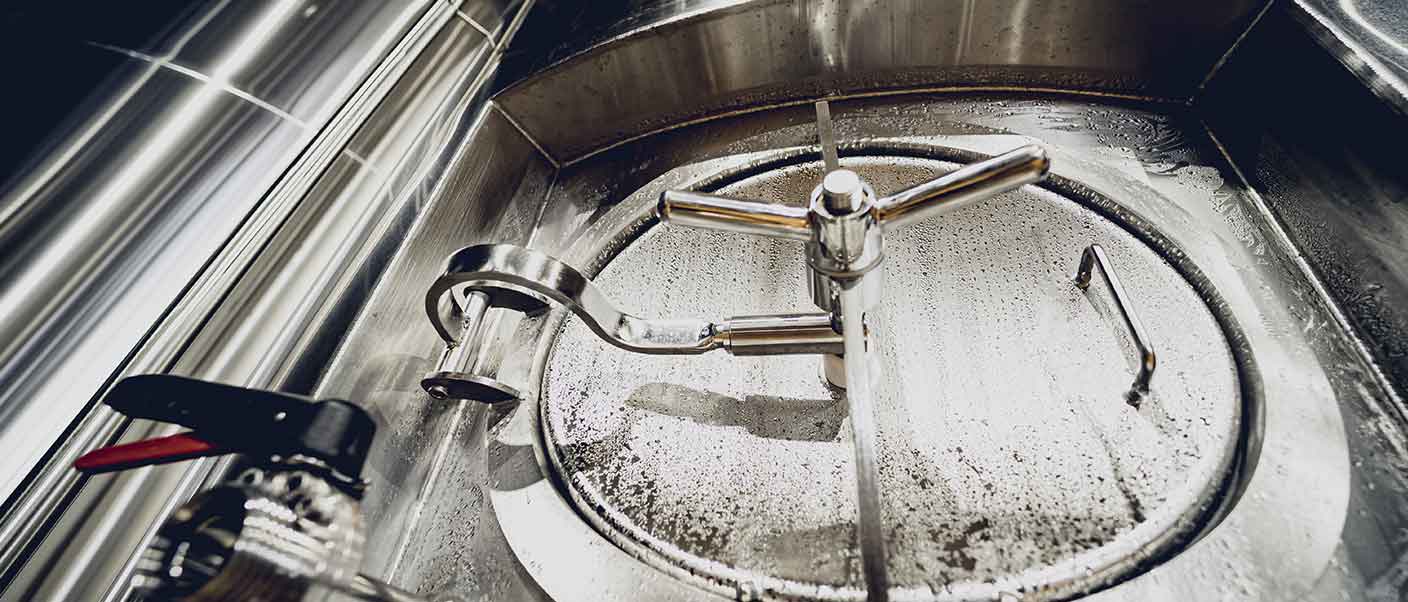
To understand when attenuation intervenes, it’s important to understand some concepts related to the reactions that occur in the fermentation process itself, such as:
– Original extract, which means the amount of sugars formed by wort, both fermentable and non-fermentable.
– Apparent extract, that is, the amount of sugars that remain in the beer after fermentation.
– Apparent attenuation, which is the percentage of fermented sugars.
– And finally, real attenuation, which is the percentage of fermented sugars, taking into account the real density that remains in the beer, as well as the density loss caused by the generation of ethanol, the value of which is 0.798g/ml, lower than that of water, which is 0.998g/ml.
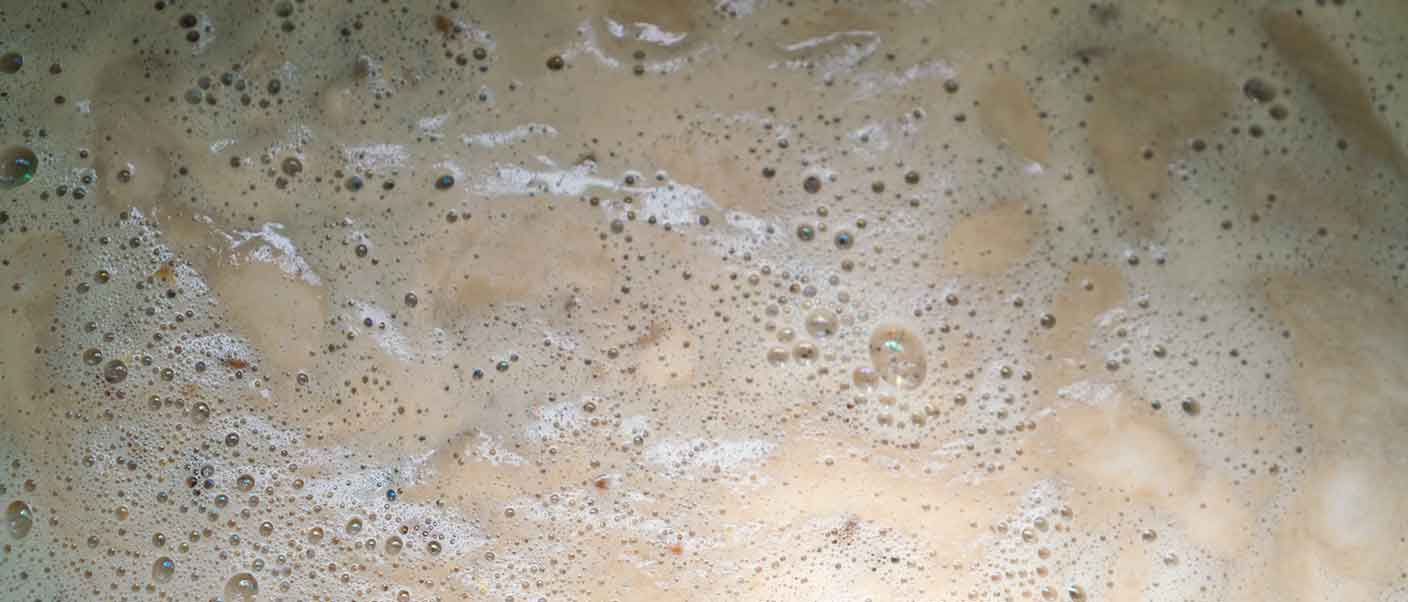
Understanding these concepts precisely, knowing how to apply them and reading the information they give us in detail, will help mitigate possible faults during the process.
Among other things, because a situation where the attenuation data do not match the information provided by the supplier of the yeast can lead to defects that must be dealt with along the way, such as an erroneous “pitching rate” (inoculation rate in beer lingo), fermentation outside the optimal temperatures ranges, or poor yeast health.




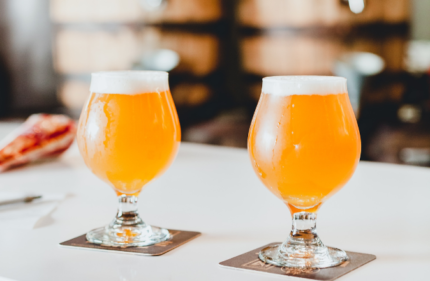

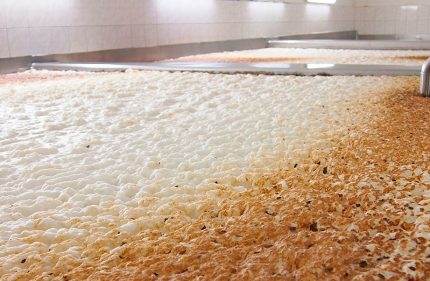

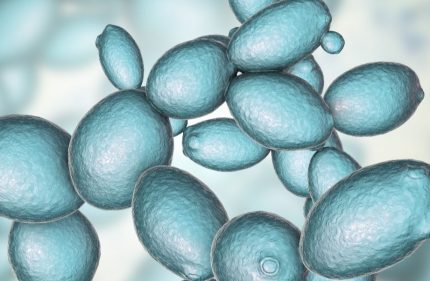

Comments